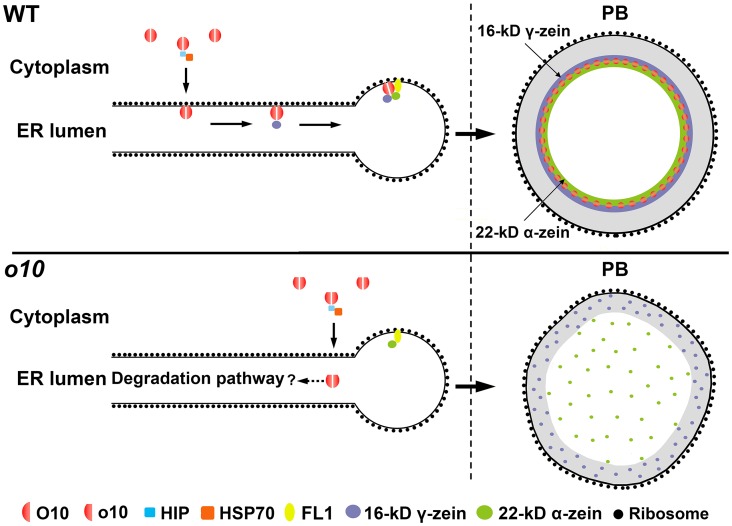Fig 8. Model depicting the function of O10.
In the wild-type kernel, O10 was first synthesized in the cytoplasm; HIP and HSP70 may have offered assistance when O10 was transported into the ER lumen. The TMD of O10 assisted with its retention in the ER. Finally, O10 was deposited in the interior of PB mainly depending on the aid of 16-kD γ-zein. In PB, O10 might determine the ring-shaped distribution of 16-kD γ-zein and 22-kD α-zein at the interface between the α-zein-rich core and the γ-zein-rich periphery of PB. The ring-shaped structure of 16-kD γ-zein and 22-kD α-zein is essential for maintaining the morphology of PB. In the o10 kernel, o10 was also transported inside the ER lumen, but it could not anchor onto the ER membrane as a result of the transmembrane deletion; thus, it might be degraded but not deposited in PB. This could affect the normal zein assembly, especially the 16-kD γ-zein and 22-kD α-zein, generating the misshapen PBs.

